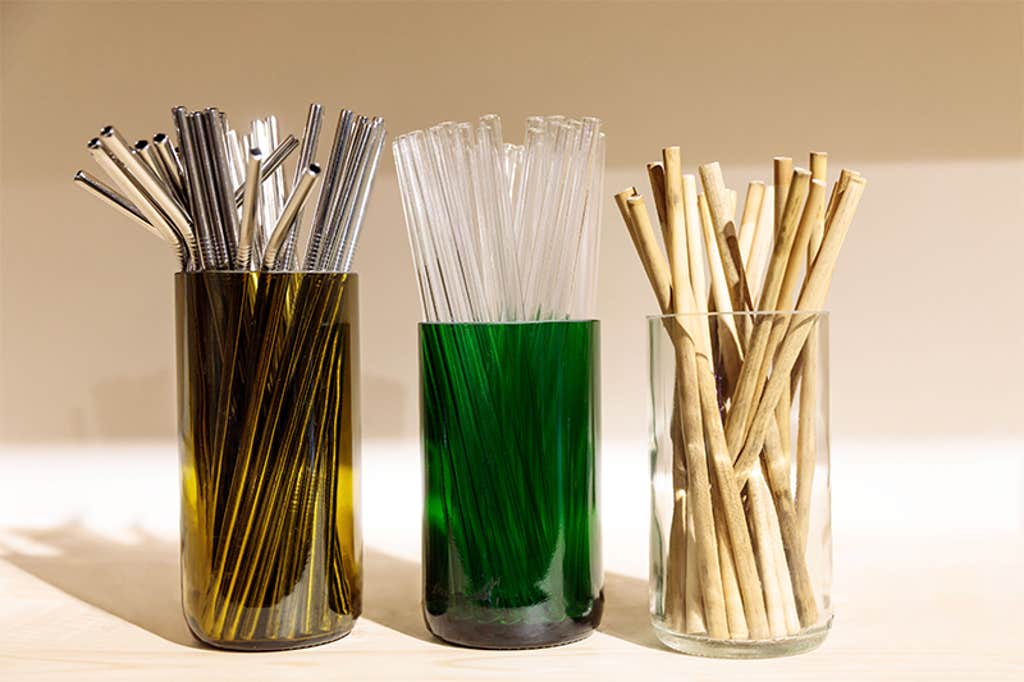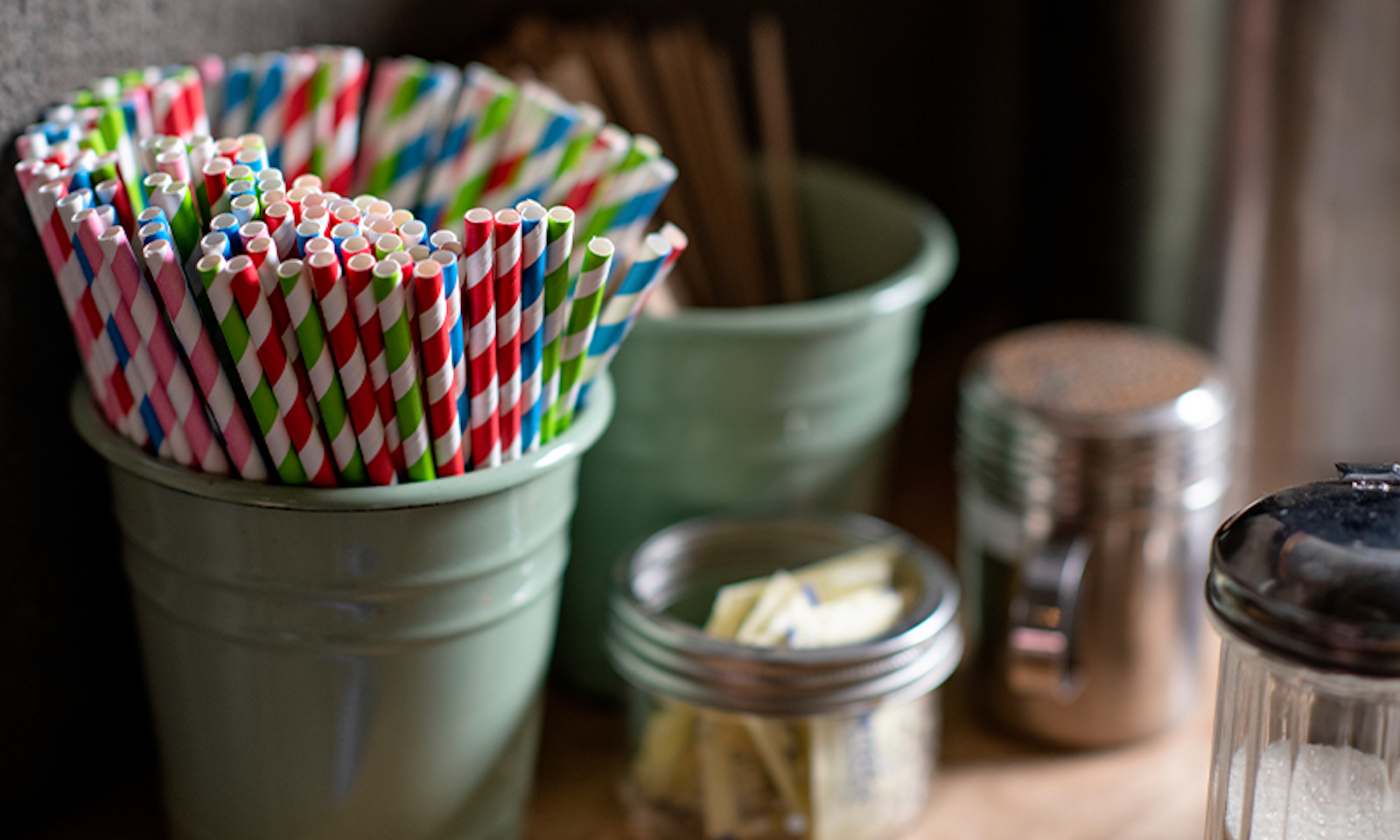About a year ago, a team of scientists from the University of Antwerp in Belgium, went shopping for drinking straws. They bought a heap of paper and plastic ones. They bought a few made from bamboo. And they also purchased some crafted from glass and stainless steel. In all they collected 39 different brands of straws.
But when they came back to the lab, they did not use these straws for sipping or slurping. They destroyed them, reducing them to bits. Once finished, they loaded the five types of debris into different laboratory tubes and poured a bunch of methanol in each tube. Then they sat and waited.
Spoiler alert: No spectacular reactions, explosions, or fireworks followed. The methanol was simply used as a solvent to extract various compounds present in the straws. But the chemical analysis of the resulting solutions cast doubt on how planet- and human-friendly these eco-straws actually are, says Thimo Groffen, an environmental scientist at the University of Antwerp, and a co-author of the study, published in the Journal of Food Additives and Contaminants.
The majority of eco-friendly straws do not hold up to the hype.
Many countries have recently banned single-use plastic, including plastic straws, in an effort to cut down on our tsunami of plastic waste. About 10 million tons of plastic a year ends up in the ocean, where it kills about 1 million marine inhabitants and contaminates others that humans eat. Landfilled plastic can also leach harmful chemicals into the soil and water, polluting agricultural land and the produce we eat.
When plastic straws were banned, new alternative straws of paper, bamboo, and glass were advertised as more sustainable, eco-friendly, and healthy. Groffen’s team wanted to know if they hold up to the hype, but they found that the majority of them do not.
With the exception of the stainless steel straws they tested, all of the brands they examined—which are commercially available in Belgium—contained chemicals that are harmful not only for the environment, but also for people. Known as PFAS, which stands for poly- and perfluoroalkyl substances, and dubbed forever chemicals, these compounds don’t break down under heat or sunlight and dissolve in neither water nor oil.

For a few decades these PFAS were the darlings of the chemical industry, used in everything from fire-resistant cushions to water-repellant clothing and from nonstick pan coating to disposable plates. Unfortunately, what makes PFAS so durable in kitchenware and other products is also what makes it last so long in the environment. More importantly, in recent years, scientists have linked them to a gamut of damaging health effects, including thyroid disease, high cholesterol, pregnancy problems, liver damage, and several cancers. They have also been linked to adverse reproductive, developmental and immunological effects in animals.
The team found PFAS to be present in 90 percent of the paper straws, 80 percent of bamboo, 75 percent of plastic, and 40 percent of glass ones. Exactly how the PFAS made it into the straws is not known, but the team has some hypotheses.
One is that in some cases PFAS may have been used as a water-repellant coating. Another hypothesis, which is more likely, is that PFAS, which are so ubiquitous now, slipped into the final product from contaminated materials or from the environment. For example, straws are often made from recycled paper and cardboard. “So if the paper or cardboard were in the past coated with PFAS, there is a possibility that PFAS are still present in these materials,” Groffen says—and that’s how they end up in straws.
Meanwhile, bamboo used in straws may have acquired PFAS from the soil; and glass straws could be contaminated from the raw material used to make them, borosilicate.
Overall, the concentration of the PFAS in straws is low, so using them periodically probably wouldn’t make an immediate drastic impact on human health. Unfortunately, the chemicals accrue over time. “They can accumulate in organisms, they can also accumulate in humans where they can cause toxic effects eventually,” says Groffen, who stressed the importance of testing other consumer products like spoons, forks, and food containers for various contaminants.
In the meantime, should people ditch drinking straws altogether? Groffen thinks it’s a good idea. “Just avoid using straws or maybe switch to stainless steel ones instead.” ![]()
Lead image: LCRP / Shutterstock
































